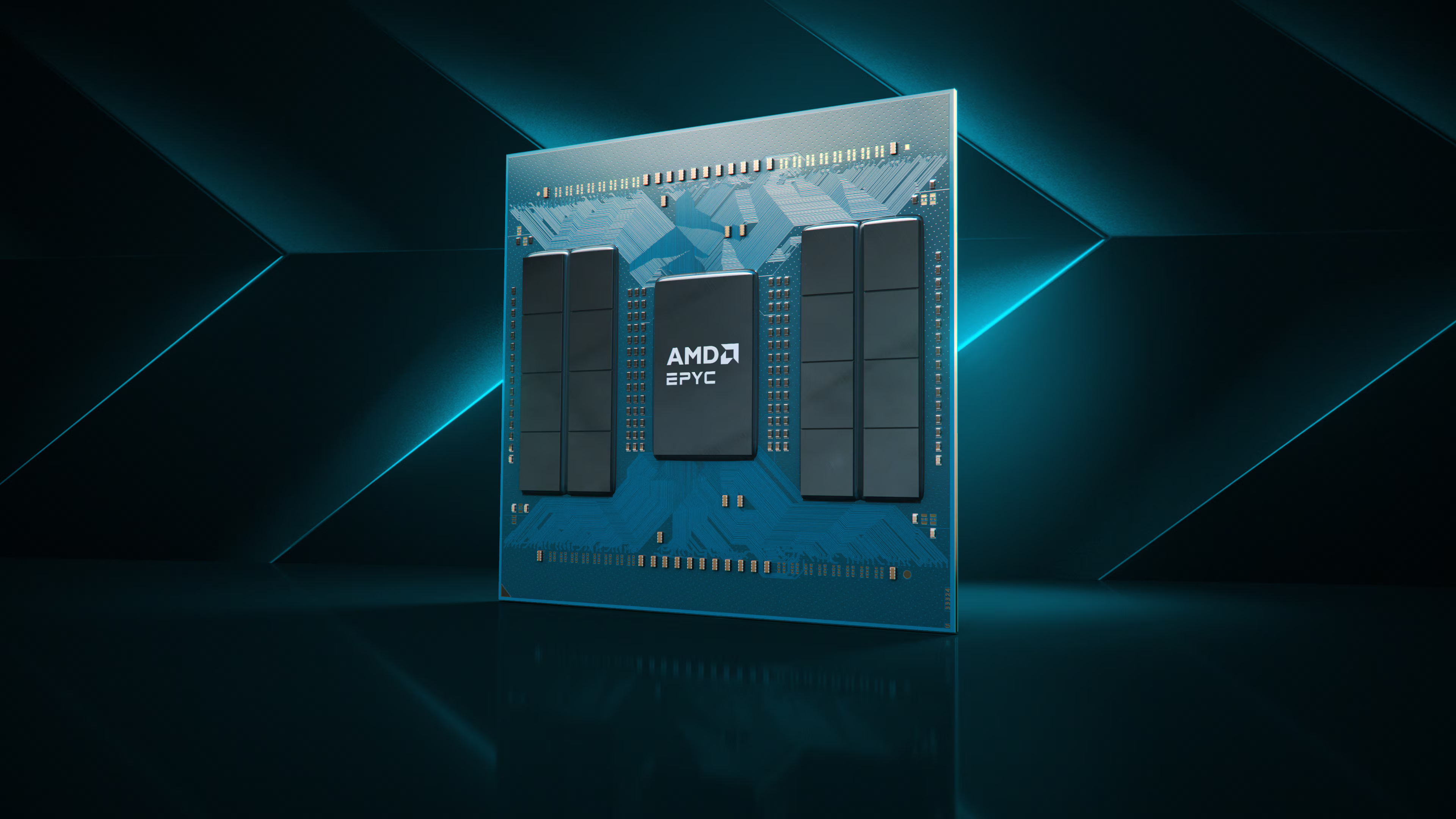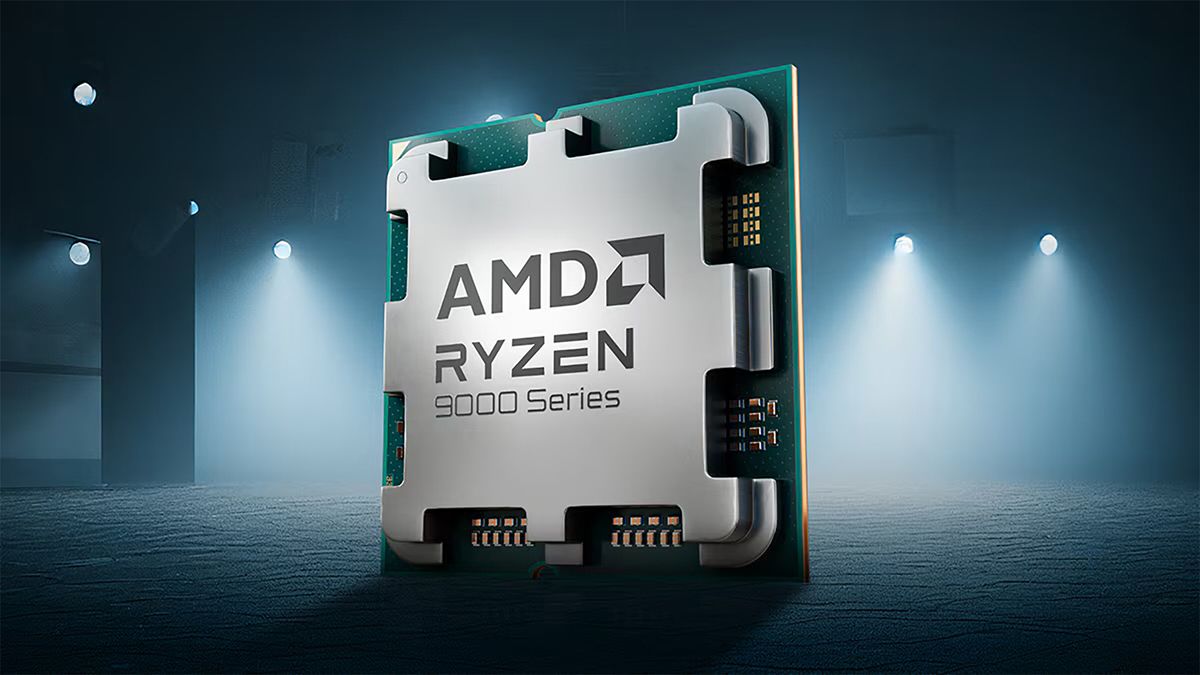Die shots of AMD's 16-core Zen 5c CCD used in its latest EPYC 9005 series server processors have been exposed, revealing clear differences compared to AMD's previous-generation Zen 4c CCDs. Posted by HXL on X, photos of AMD's 16-core 3nm Zen 5c CCD expose a long row of two banks of cores flanking a 32MB layer of L3 cache in the middle of the die.
AMD's Zen 5c dies are substantially longer than its vanilla Zen 5 CCD, measuring 5.7 mm by 14.83 mm. Zen 5, by contrast, measures 7.4mm by 11.26mm. The extra length was added to accommodate the additional cores each Zen 5c CCD contains, while simultaneously enabling all cores to share a single unified L3 cache, making Zen 5c AMD's first compact core architecture to sport a single-CCX design.
Click "see more" to see the die shots:
Single-CCX designs are a philosophy that is now commonplace on AMD's regular Zen cores, but was not implemented on Zen 4c. Moving from a dual-CCX design to a single-CCX design improves core-to-core communication latency and L3 cache latency. Dual-CCX dies require cores on one CCX to use the Infinity Fabric to communicate with cores and L3 cache on the other CCX, despite both CCXs being housed on the same die. On a single CCX die, all cores can communicate with each other directly through one unified L3 cache.
As a result, Zen 5c should see very similar performance improvements compared to the first time AMD went to a single-CCX design with the Ryzen 5000 series. With Ryzen 5000, we saw the single-CCX design greatly improve performance in latency-sensitive applications, such as gaming.
AMD's 9005 series EPYC processors featuring Zen 5c cores come with up to 12 of these new elongated CCDs, sandwiched between a huge I/O die in the middle. Models featuring Zen 5c cores start at 72 cores and 400W, with the EPYC 9565 going all the way up to 192 cores and 500W with the flagship EPYC 9965.
Zen 5c, AMD's second generation of compact cores, features the same IPC performance and feature set as vanilla Zen 5 but in a 25% smaller package. They are AMD's equivalent to Intel's E-cores, but take advantage of the same architecture as their larger sibling. Intel, by contrast, uses two completely different architectures for its P-cores and E-cores.

 8 months ago
18
8 months ago
18










 English (US) ·
English (US) ·